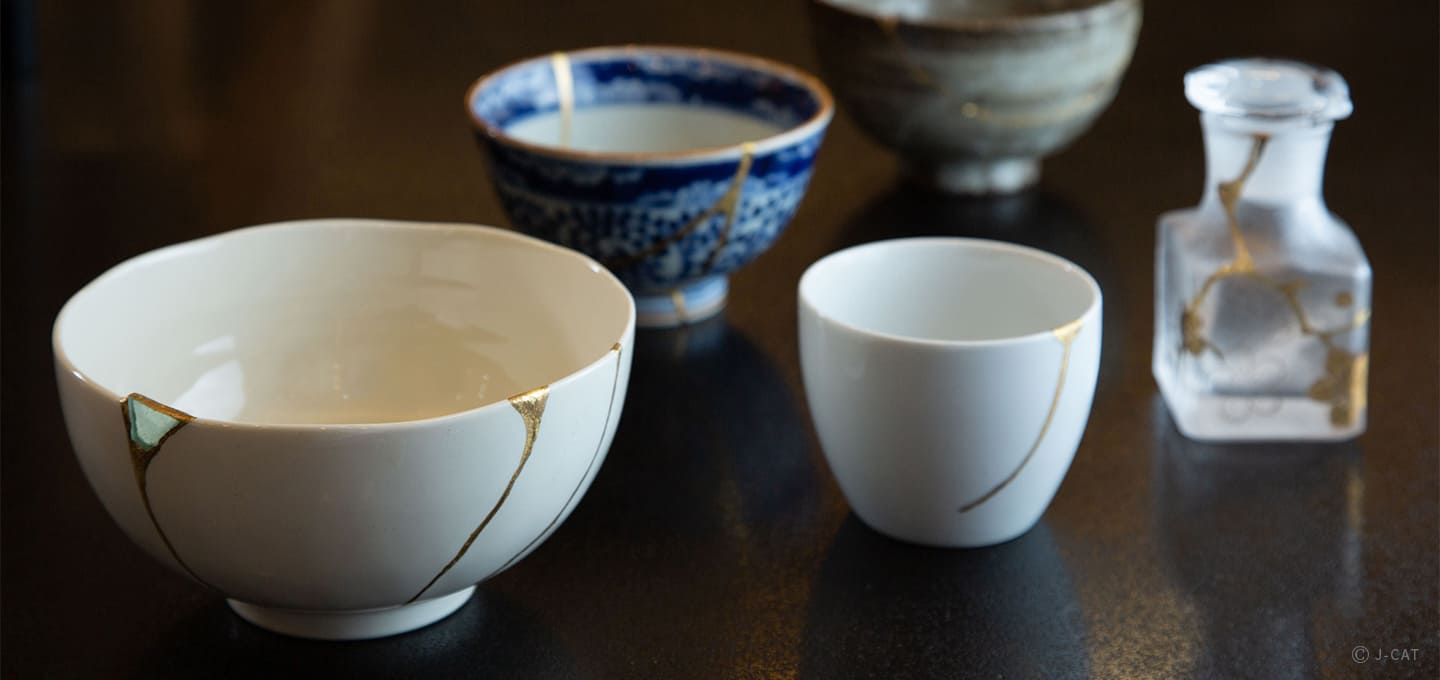
Special Experience
Tokyo
Available Today: Repair a Traditional Ceramic with Modern Kintsugi Techniques in Nihonbashi, Tokyo
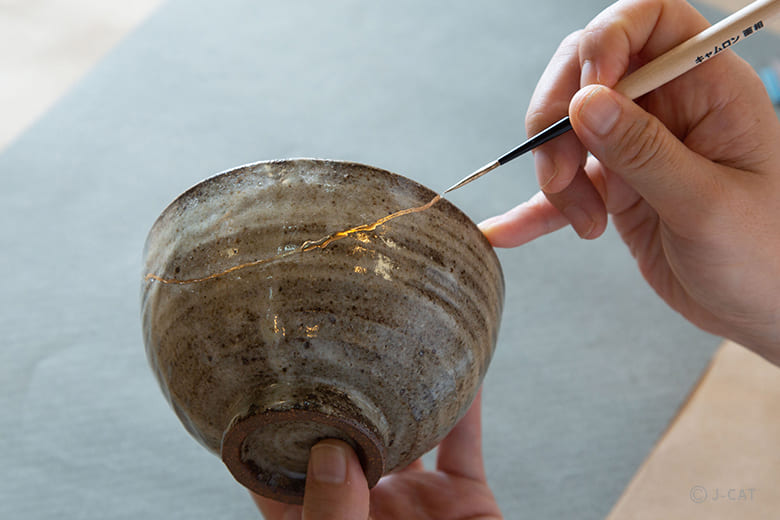
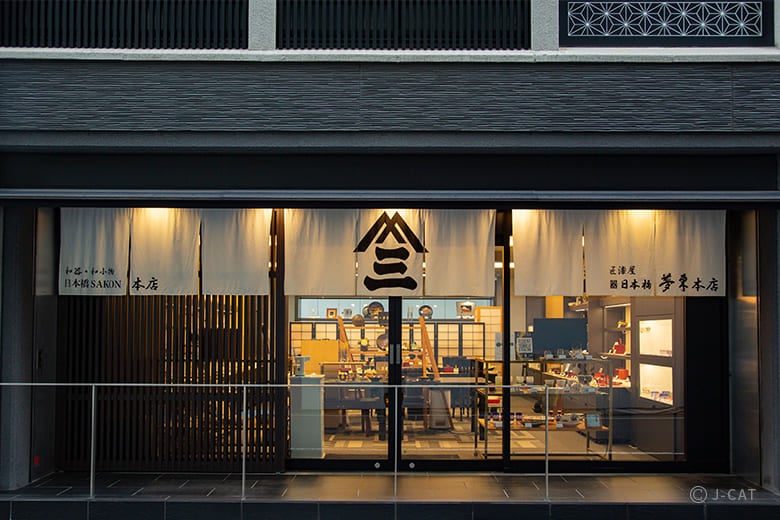
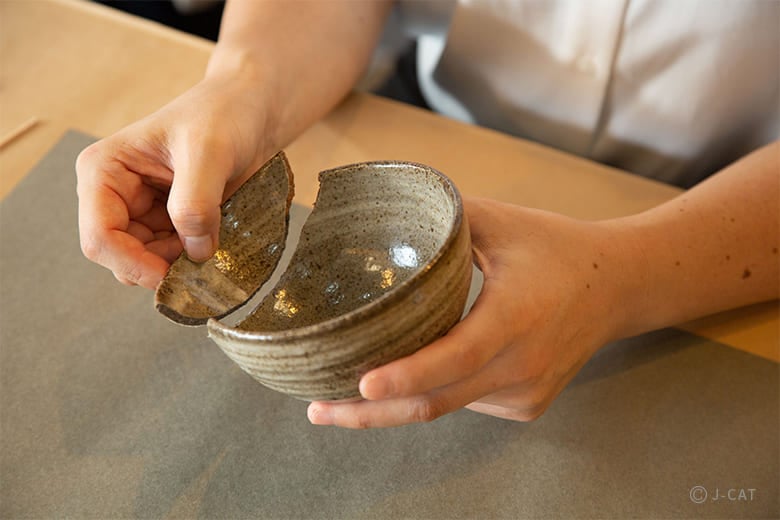
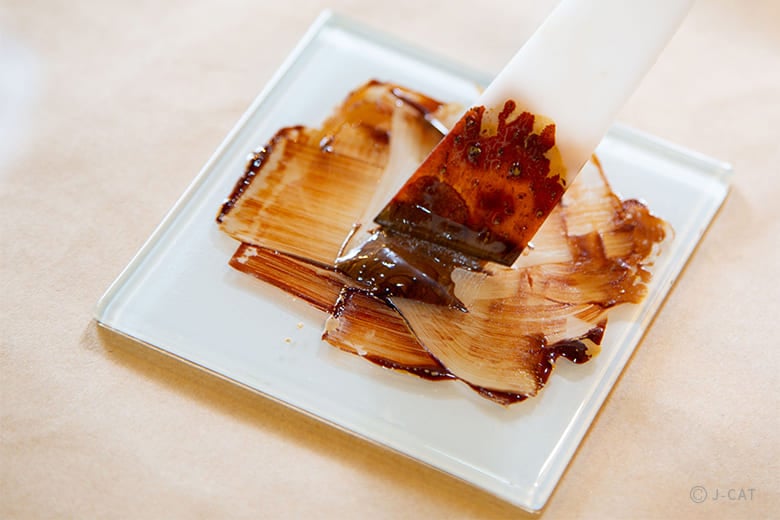
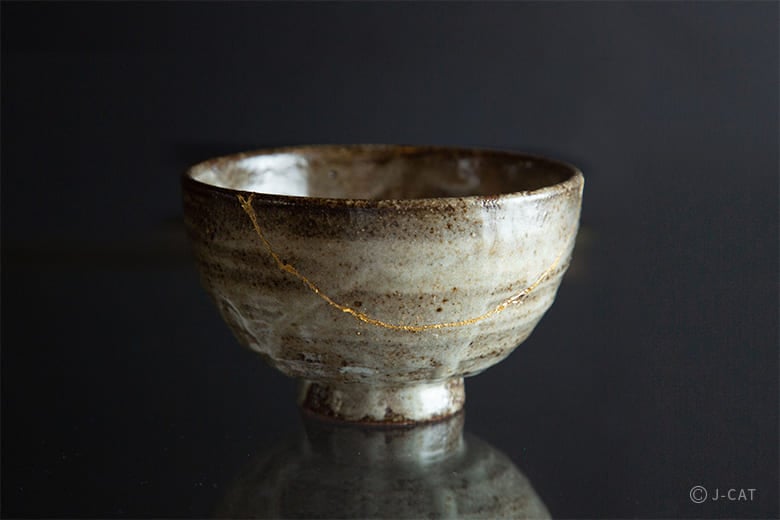
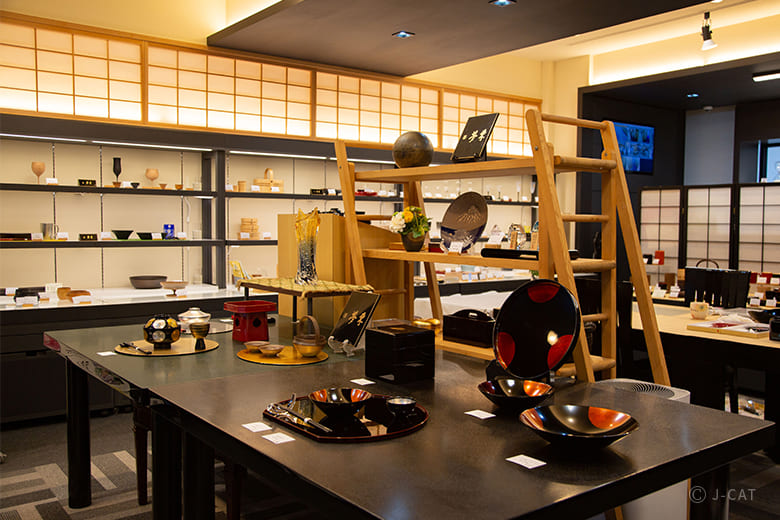
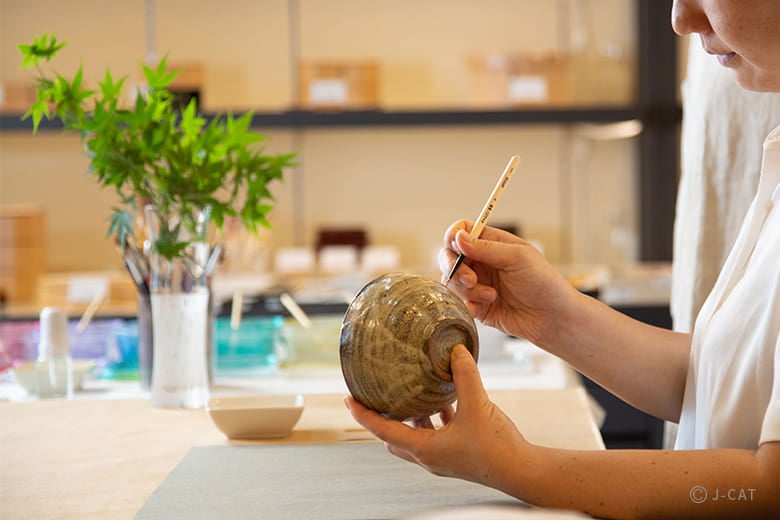
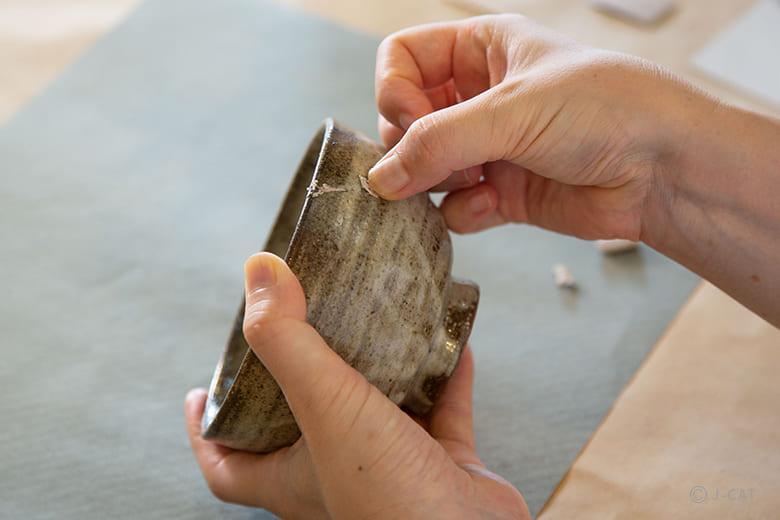
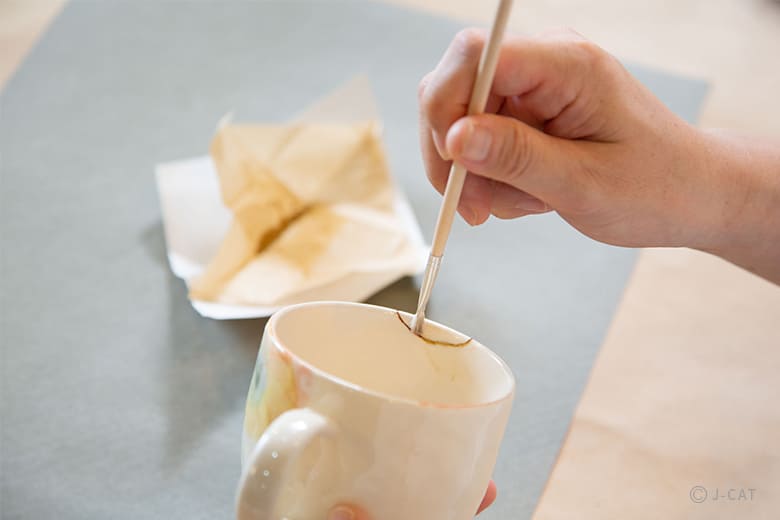

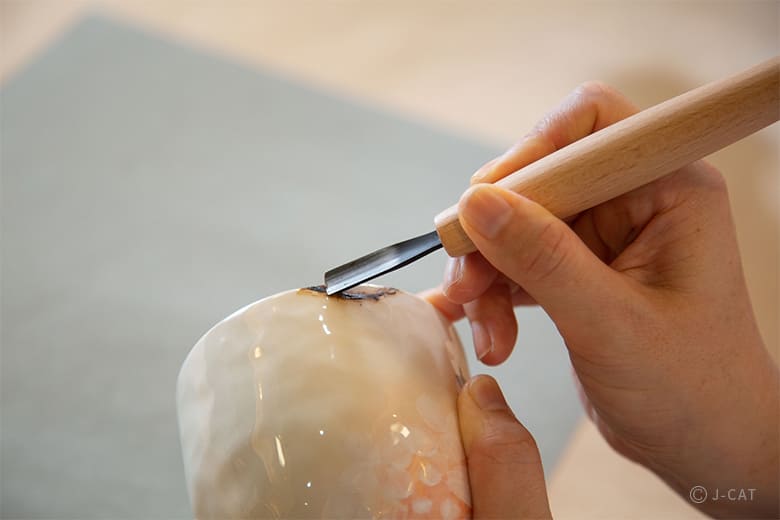
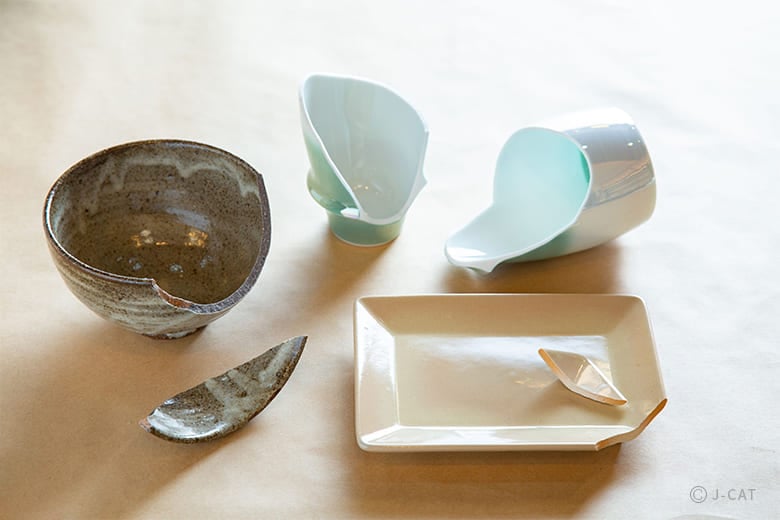
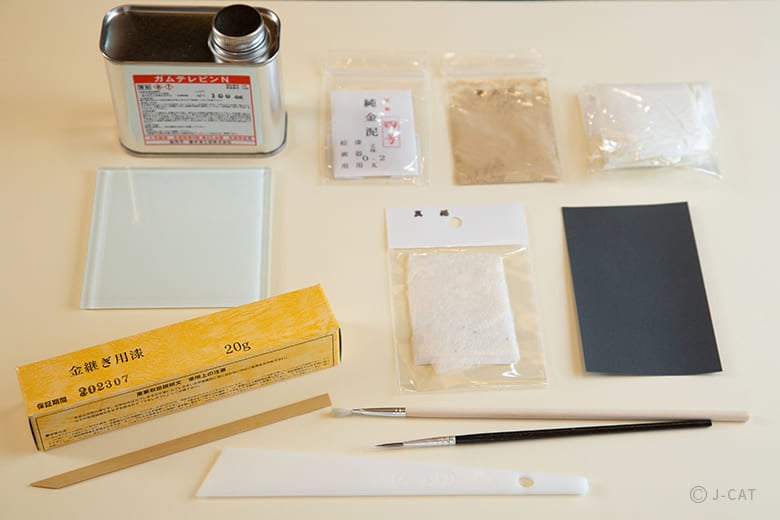
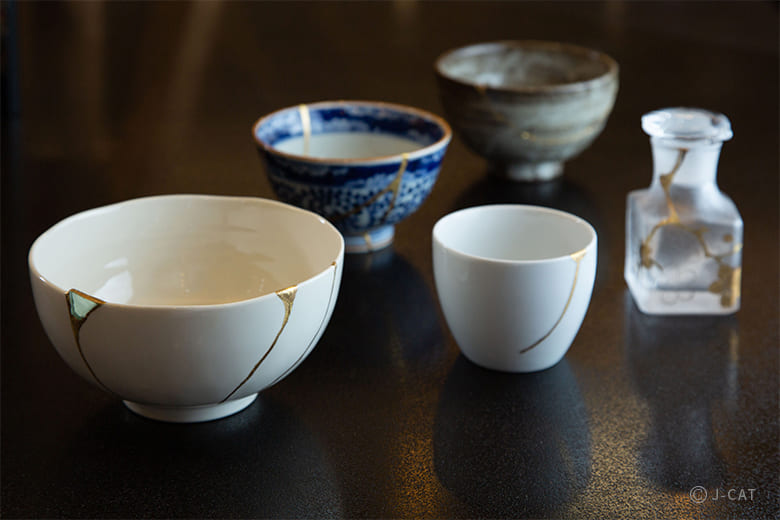
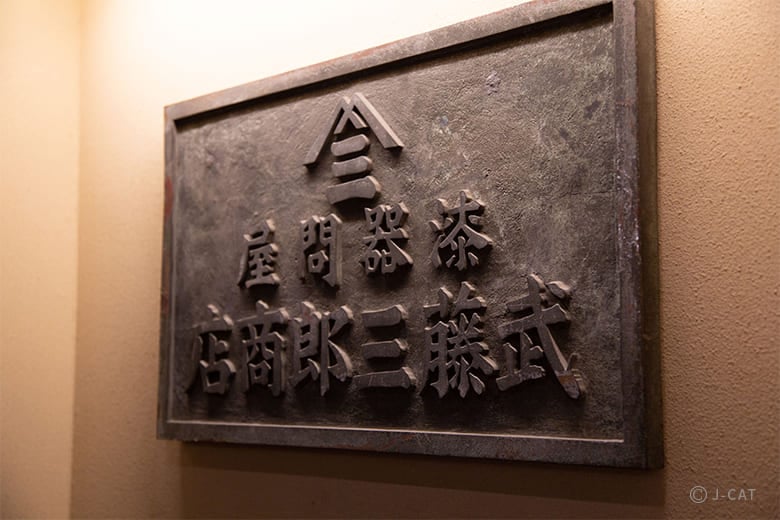















Overview
Kintsugi is the method of repairing cracked, fragmented, or chipped ceramics with lacquer (or a lacquer substitute) and brass (or gold). At Mutoh, a long-running dealer of ceramics and other traditional craftsware in Nihonbashi that's over 100 years old, learn about and experience the entire kintsugi process in a day through a simplified, modern version of the kintsugi technique.
Key Features
・Learn the complete modern kintsugi process in a day, which is easy to recreate at home
・Take home one of Japan's renowned ceramics—Arita-yaki, Kyo-yaki, or Kutani-yaki—carefully selected by the artisan for your experience
・Take your time in carefully repairing the ceramic
*Guests interested in Japanese lacquerware might be interested in this related plan:
Maki-e Decoration Experience at a Longstanding Lacquerware Specialty Shop in Nihonbashi, Tokyo
Tokyo
90mins
from ¥35,000 /person
1 - 6 participants
Available in English
Cancel free up to 4 days prior
Details
A Modern Kintsugi Experience at a Traditional Ceramics Shop
Established in 1923 as a lacquerware wholesaler called Shikki Tonya Mutoh Saburo Shoten, Utsuwa Nihonbashi Mutoh Main Store — or simply "Mutoh" for short — is a wholesale dealer of high-quality lacquerware and glassware, with department stores as its main clientele.

On display is an array of beautiful lacquerware and glassware created by artisans
With the aim of spreading the beauty of Japanese traditions and food culture, Mutoh also organizes workshops for the general public to learn about traditional Japanese crafts such as kintsugi and maki-e (a decorative technique that creates eye-catching patterns out of gold or silver powder sprinkled onto lacquered surfaces).
In this experience, you'll learn the art of kintsugi, which involves using lacquer (or a lacquer substitute) as an adhesive to repair broken ceramics, then decorating the lacquer-filled parts with fine gold powder through the maki-e technique.

Kintsugi enhances the charm of ceramics, giving them a brand-new look compared to before they became damaged
Start by Learning the Basics of Kintsugi
First, you will practice repairing your chosen ceramic with kintsugi. With a toothpick, apply adhesive to the cracked edges, then lightly press the ceramic and the broken portion together. At this point, it's crucial to spread the adhesive thinly and evenly so that the parts fit perfectly together — a process that requires careful concentration.

Check from various angles whether the parts fit perfectly before applying the lacquer substitute
Once the adhesive has dried, the next step is to fill in the gaps with putty. You'll have to work quickly, as the putty will harden after some time. With your fingers or a spatula, push the putty in neatly, making sure to fill in even the smallest of chips or cracks. After the putty hardens, file away any protruding parts and adjust the shape of the ceramic.

To fill in the gaps properly, slide your fingers along the surface of the ceramic while pressing the putty
Pick up a Brush to Add “Scenery” to Your Ceramic
In kintsugi, the lacquered repair lines are called "scenery," so now it's time to draw some scenery on your ceramic. Take a brush, apply a mixture of lacquer and gold powder to its tip, and draw lines on the seams and other portions filled with putty. Be careful, but don't be too anxious either — just focus as best as you can! Shaky lines, as well as lines of varying thickness, also add unique charm to the "scenery," so just relax and enjoy the process. Your ceramic will now be reborn as a far more sophisticated and elegant version of itself.

One way to draw perfect lines is to place your pinky finger on the ceramic's surface
While waiting for the ceramic to completely dry, your instructor will give you an explainer on the history, techniques, and uniquely Japanese spirit of kintsugi. If you wish, your instructor can also guide you around the shop as you browse through its impressive and finely curated selection of ceramics from all over Japan.
Optional Opportunities to Experience Using Genuine Lacquer
Also offered along with this experience is an optional add-on (additional charges apply). You will have the opportunity to handle hon-urushi (genuine lacquer), which is what kintsugi artisans use.
Few opportunities to experience traditional kintsugi, which uses hon-urushi, exist nowadays, so this will surely be a fascinating and unforgettable experience. Discover the tools used when working with hon-urushi, the processes involved in traditional kintsugi, and the difference from modern kintsugi.
For one, hon-urushi takes time to harden, lasting from a day to several weeks. If you book this optional genuine lacquer course, your instructor will do some of the work in advance; you’ll add the finishing touches on your experience date.

Each time you move the spatula around, the feeling of nearing completion intensifies
Another way that traditional kintsugi differs from modern kintsugi is that the materials used are all-natural, not synthetic. The process starts with creating the materials from scratch. For starters, the adhesive used for the cracks and the putty for filling the gaps both use lacquer as their base, but they're mixed with different materials: wheat flour for the adhesive; a combination of wood flour, tonoko (powder made from dried clay), and other ingredients for the putty.
As you knead the lacquer mixture with a spatula, it gradually changes until it becomes as hard as an earlobe. Then, for the next step, which is referred to as laying the foundation, you'll make a rust-colored lacquer from lacquer and polishing powder, which you'll use to trace the seams.

The filing process is for adjusting the shape of the ceramic after applying lacquer
After the ceramic has dried and has been filed to adjust its shape, it's time to apply a red lacquer called bengar-urushi then sprinkle gold powder onto the lines. If you're already satisfied with the color of bengara-urushi as it is, you don't need to add gold powder; it's completely optional. It's up to you how you want to finish the kintsugi process, but if you can't decide, don't hesitate to ask your instructor.

Reaching completion, many processes later — the more effort you put into creating something, the more attached you become to it
Rethinking Your Relationship with Everyday Objects through Kintsugi
In this plan, you will get to use fine Japanese ceramics—such as Arita-yaki, Kyo Kiyomizu-yaki, or Kutani-yaki—personally selected by the artisan for the day. These types of ceramics are all of very high quality and will make for excellent tableware. However, please note they cannot be heated over an open flame or in a microwave oven. They should not be placed in a dishwasher, either.
Kintsugi is a practice that is rooted in sustainability, as it's all about fixing broken things so that they can be used and appreciated for a much longer time. Visit Utsuwa Nihonbashi Mutoh Main Store to get acquainted with the essence of kintsugi!
Utsuwa Nihonbashi Mutoh Main Store

Utsuwa Nihonbashi Mutoh Main Store
Established in 1923 in Tokyo's Nihonbashi district as a lacquerware wholesaler called Shikki Tonya Mutoh Saburo Shoten, Utsuwa Nihonbashi Mutoh Main Store ("Mutoh") is a wholesaler of lacquerware and glassware, mainly to department stores. Mutoh also organizes a variety of workshops to introduce the public to the beauty of traditional Japanese culture and to pass down its knowledge of traditional crafts such as maki-e and kintsugi.
Customer's Voice
Enjoyable learning experience of a new art form
V.E. Bermuda
Has been a great experience for me!
G.V. Germany
I would recommend and a fun group activity.
J.C. United States
Location
Utsuwa Nihonbashi Mutoh Main Store
Chuo Ward, Tokyo
Request for booking
Select first preferred date (JST)
December 2025
Sun
Mon
Tue
Wed
Thu
Fri
Sat

Instant Booking

Request Booking

17
Full

17
Unavailable
Tokyo
90mins
from ¥35,000 /person
1 - 6 participants
Available in English
Cancel free up to 4 days prior
Things to know
Contact Us
If you have any questions, please contact us using the form below.
We also accept bookings from corporate clients and travel agencies.